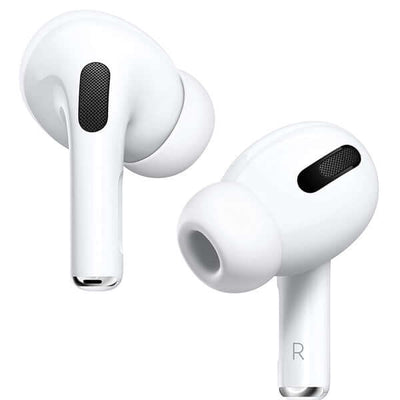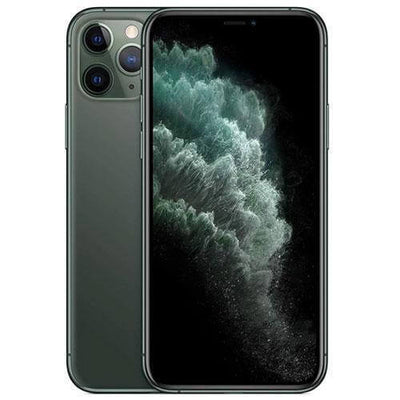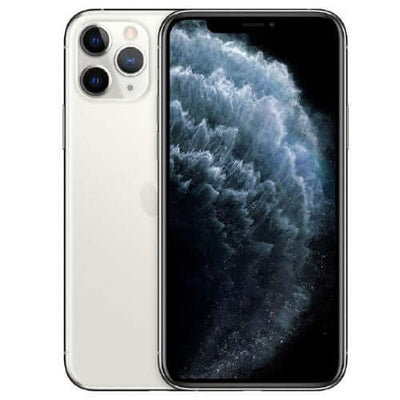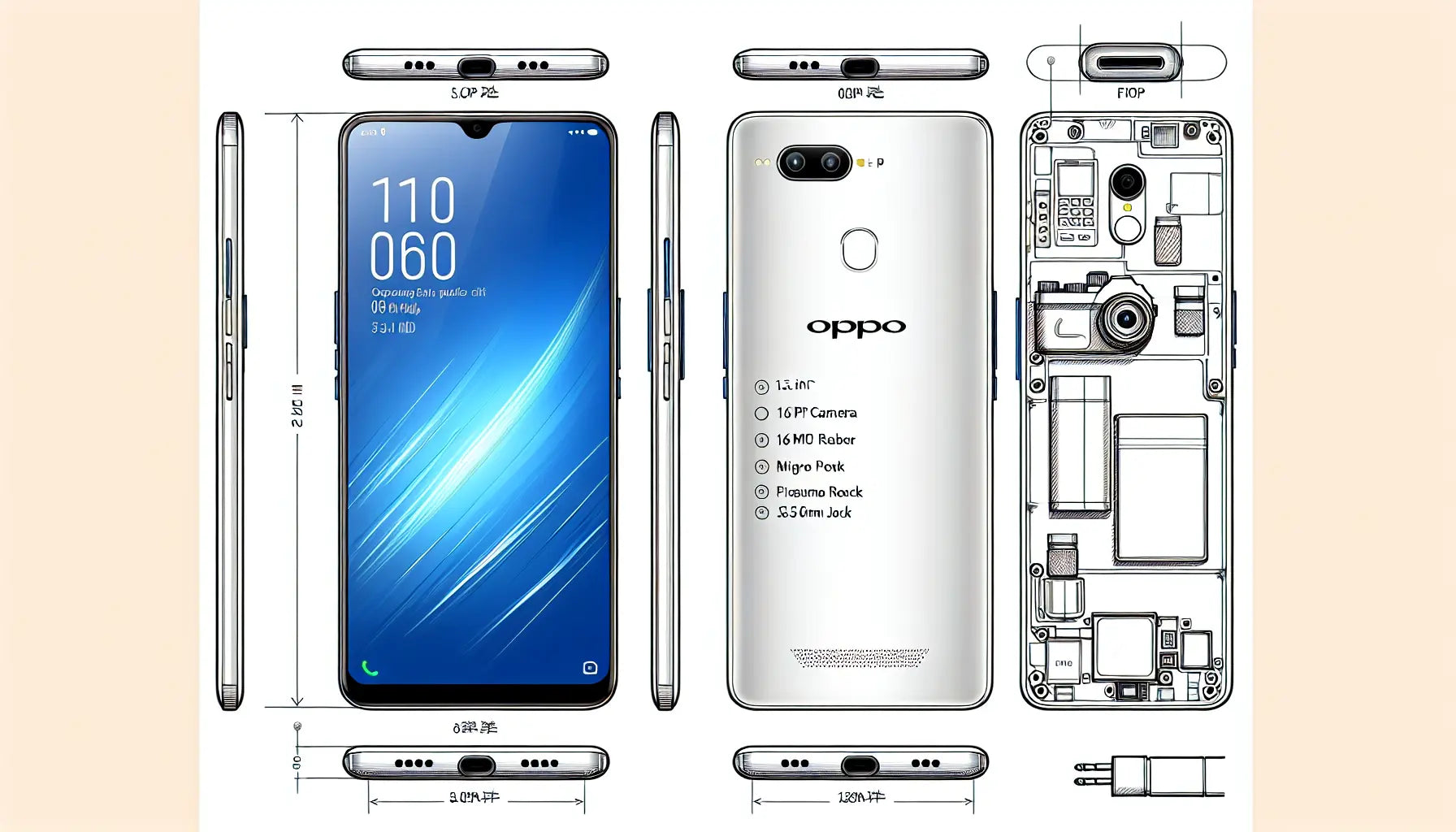Introduction
The Oppo F1s was a key device that cemented Oppo's reputation for camera-centric smartphones. Heavily marketed for its impressive selfie capabilities, it perfectly tapped into the cultural phenomenon of self-portraits in 2016, a time of explosive growth for social media platforms like Instagram and Snapchat. This strategy proved highly successful, making the F1s one of Oppo's best-selling devices and leading to a significant market share gain for the company, particularly in Southeast Asia. This review examines whether the F1s's once-lauded features can still hold up against the technology of today's budget devices.
A Critical Look at the F1s Today
The smartphone landscape has changed dramatically since the F1s was released. Modern budget phones now have multi-lens cameras, high-refresh-rate displays, and powerful processors that far outperform the F1s's MediaTek MT6750 chip. For instance, the Google Pixel 6a's Tensor chip and computational photography capabilities offer superior image quality. Additionally, the F1s's outdated Android software lacks crucial security updates and app compatibility, posing a security risk and limiting the user experience. Ultimately, while the F1s was a success in its time, it no longer provides a viable option for users who prioritize modern performance, features, and security.
| Feature | Oppo F1s Specs |
|---|---|
| Display | 5.5-inch HD IPS LCD |
| Front Camera | 16MP Selfie Camera |
| Rear Camera | 13MP Primary Camera |
| RAM & Storage | 3GB / 4GB RAM, 32GB / 64GB |
| Battery | 3075mAh |
| Processor | MediaTek MT6750 |
| OS | Android 5.1 (upgradable) |
| SIM | Dual SIM support |
Design and Build: A Look at its Physical Attributes
The Oppo F1s boasts a design reminiscent of its era, with clear influences from both Apple and Samsung. Its sleek metal unibody construction, coupled with a 2.5D curved glass front, gave it a premium feel back in 2016.
First Impressions: Aesthetics and Ergonomics
Holding the Oppo F1s today, its 5.5-inch display feels surprisingly compact compared to the sprawling screens of modern smartphones. The rounded edges and slim profile make it comfortable to hold, and the physical home button with an integrated fingerprint scanner offers a familiar tactile experience.
Materials and Durability (Corning Gorilla Glass 4)
The F1s features Corning Gorilla Glass 4, which, while not the latest generation of protection (like Gorilla Glass Victus), still offers a reasonable level of scratch resistance. The aluminum back adds to the overall durability, though it's prone to showing minor scuffs and scratches over time.
Comparing Design to Modern Smartphones
Compared to modern smartphones with edge-to-edge displays and minimal bezels, the F1s appears somewhat dated. The prominent bezels above and below the display are a clear indicator of its age. However, for users who prefer a more traditional smartphone design, the F1s might still hold some appeal.
The Crown Jewel: Selfie Camera Performance (Then vs. Now)
The Oppo F1s's claim to fame was its "selfie superstar" status, centered around its impressive 16MP front-facing camera.
The 16MP Front Camera: What Made it a Superstar
In 2016, a 16MP front camera was a significant leap forward, allowing for more detailed and vibrant selfies. The F1s's f/2.0 aperture also promised better low-light performance compared to its contemporaries.
Image Quality Analysis: Detail, Color, and Skin Tones
While the 16MP resolution still holds up in terms of detail, the overall image quality shows its age. Colors can appear slightly washed out compared to modern selfie cameras, and skin tones sometimes lack the natural vibrancy we see in newer phones.
Low-Light Selfie Capabilities: A Critical Look
The Oppo F1s's low-light selfie performance is noticeably weaker compared to today's standards. Images tend to exhibit noise and a loss of detail in dimly lit environments.
Portrait Mode and Software Enhancements: How They've Aged
The F1s's portrait mode, while present, lacks the sophistication of modern implementations. The bokeh effect is often unnatural and the edge detection can be inaccurate. Furthermore, software enhancements like beauty filters, while popular at the time, now appear dated and overly processed.
Video Recording Quality (Front Camera)
Video recording on the front camera is limited to 1080p at 30fps. While adequate for casual use, it lacks the stabilization and sharpness offered by newer smartphones.
Main Camera Performance: Beyond the Selfies
While the front camera was the focus, the Oppo F1s also sports a 13MP rear camera.
Rear Camera Specifications and Capabilities
The 13MP rear camera features Phase Detection Autofocus (PDAF) for faster focusing. However, its f/2.2 aperture limits its low-light performance.
Daylight Photo Quality
In well-lit conditions, the rear camera produces decent images with acceptable detail and color reproduction. However, dynamic range is limited, and highlights can be overblown.
Low-Light and Night Photography
Low-light performance from the rear camera is underwhelming. Images suffer from noise, loss of detail, and a lack of clarity.
Video Recording (Rear Camera)
Similar to the front camera, video recording on the rear camera is capped at 1080p 30fps.
Display and Visual Experience
The Oppo F1s features a 5.5-inch IPS LCD display.
Display Technology: IPS LCD Panel
The IPS LCD panel offers decent viewing angles and color reproduction, though it lacks the deep blacks and vibrant colors of AMOLED displays found in many modern smartphones.
Resolution and Sharpness (720p resolution)
The 720p resolution, while standard for its time, feels noticeably less sharp compared to today's higher-resolution displays. Pixelation can be visible, especially when viewing text or images up close.
Performance: Can it Keep Up with Today's Demands?
The Oppo F1s is powered by a MediaTek MT6750 processor.
Processor Power: MediaTek MT6750
The MT6750 was a mid-range processor in 2016, but it struggles to keep up with modern applications and multitasking demands. While modern flagships boast Snapdragon 8s Gen 4 processors, the F1s's aging hardware shows its limitations.
RAM Configuration: 3GB RAM vs. 4GB Ram Variants
The Oppo F1s was available in 3GB and 4GB RAM variants. While 4GB was considered generous in 2016, it's barely sufficient for smooth multitasking in today's environment.
Everyday Tasks: Browsing, Social Media, and Communication
Basic tasks like browsing, social media, and messaging are generally manageable, though some lag and stutter can occur, especially when switching between apps.
App Performance and Multitasking
App loading times can be slow, and multitasking is often a frustrating experience due to the limited RAM.
Gaming Capabilities: Light vs. Demanding Titles
Light casual games are playable, but the F1s struggles with demanding 3D titles. Expect low frame rates and noticeable performance dips.
Software Experience and User Interface
The Oppo F1s originally shipped with Android Lollipop.
Operating System: Android Lollipop (and its implications today)
Android Lollipop is severely outdated, lacking many of the features and security updates present in modern Android versions. This is a significant drawback for users concerned about security and access to the latest apps.
Oppo's Custom UI (ColorOS) on Lollipop
ColorOS, Oppo's custom Android skin, ran atop Android Lollipop on the F1s. While offering some customization options, it also added to the performance overhead.
Software, Battery, and More
The Oppo F1s shipped with Android Lollipop and is upgradable to Marshmallow. Security updates are no longer provided. A 3075mAh battery powers the phone, offering decent battery life for moderate usage. Connectivity options include Dual SIM, Nano-SIM card support, Wi-Fi, Bluetooth, and TD-LTE. It also features a front-mounted fingerprint scanner, which was a premium feature in its day. The internal memory comes in 32GB and 64GB variants, expandable via microSDXC. While microSDXC support allows for storage expansion, relying on external storage can further impact performance, especially given the Oppo F1s's already limited processing power. Today, many budget phones offer 128GB or even 256GB of internal storage, making expandable storage less of a necessity.
Pricing and Value: Is the F1s a Budget Bargain?
Originally priced competitively, the Oppo F1s now finds its place in the used market. The Oppo F1s price varies depending on its condition and storage capacity, generally placing it within the budget segment. However, even at a low price, its outdated hardware and software present limitations that potential buyers must carefully consider. It's crucial to compare its price to newer budget devices with superior specifications to determine its true value. For example, a slightly higher investment could get you a device with significantly better performance, a modern operating system, and enhanced camera capabilities.
Conclusion:
The Oppo F1s, once a popular selfie phone, is now outdated. Its 16MP front camera, older processor, limited RAM, and outdated software can't compete with modern smartphones. While it may still work for basic use, such as calls and messaging, it's not a good choice for people who want better performance, up-to-date features, or regular security updates. Today's budget phones offer far more, including better cameras, improved software, and more storage. The Oppo F1s is a piece of smartphone history, but its limitations make it a poor choice for most users today.
FAQs about Oppo F1s:
1. What is the display size of the Oppo F1s?
The Oppo F1s features a 5.5-inch HD display for clear visuals.
2. How good is the selfie camera on the Oppo F1s?
The 16MP front camera remains its standout feature for selfies.
3. What is the battery capacity of Oppo F1s?
It packs a 3075mAh battery, offering all-day usage.
4. Does Oppo F1s support dual SIM in UAE?
Yes, Oppo F1s comes with dual SIM support.
5. What is the Oppo F1s price in UAE?
The Oppo F1s is available around AED 644.62 in the UAE market.




















